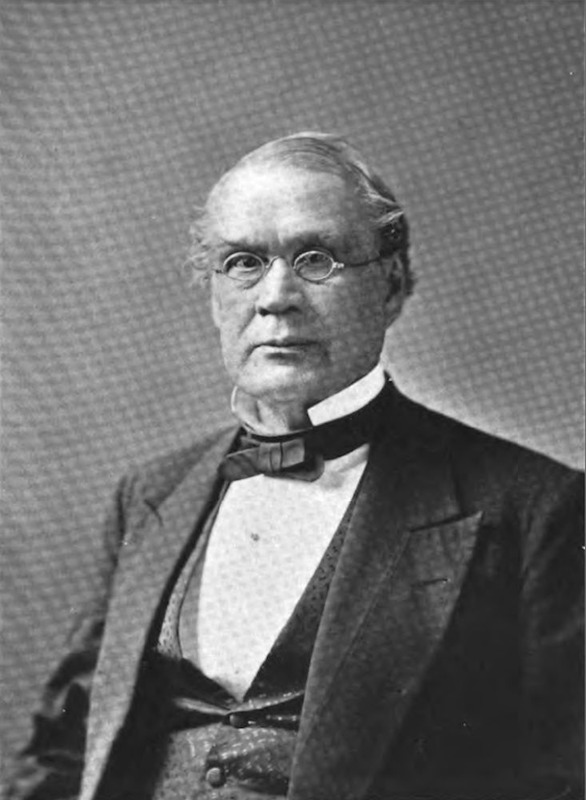The Arrest and Trial of Lucy Bagby

Sara Lucy Bagby was born in the early 1840s in Virginia. While visiting Richmond John Goshorn purchased Lucy on January 16, 1852 from a slave trader named Robert Alois for $600. After employing Lucy himself for five years, on November 8, 1857, Goshorn gave her to his son William Scott Goshorn.
While William Goshorn was away in Minnesota during the fall of 1860 Lucy was able to escape north via the Underground Railroad by the Ohio River to Beaver, Pennsylvania before moving on to Pittsburgh. To erase her fugitive status she fabricated the story that William Goshorn's daughter, Isabella, had brought her up north and into Pennsylvania where she told Lucy that she was now free because she was in a free state. Lucy eventually made her way to Cleveland where she worked as a domestic servant in the home of Congressman-Elect A. G. Riddle.
On January 16, 1861 William Goshorn arrived in Cleveland to reclaim Lucy under the U.S. Fugitive Slave Act, which was passed in 1850 to provide the judicial machinery for slave owners to reclaim their "property." The authorities arrived at the door of Lucius A. Benton's home on January 19, 1861. Benton, who worked professionally as a jeweler, had been employing Lucy for nearly two weeks leading up to that time. As the U.S. marshals knocked on the door Lucy looked out the window to see her owner William standing there with the marshals. After being arrested, Lucy was placed in a waiting carriage and taken to jail where she awaited trial on Monday, January 21. On her way to the jail U.S. Deputy Marshal J. H. Johnson asked Lucy why she had escaped with her reply being that she was afraid she was going to be sold south.
During this time William E. Ambush, Chairman of the Fugitive Aid Society, tried to raise $1,200 to purchase Lucy from Goshorn but Goshorn refused to sell her. His family worth was approximately $300,000 so the economic incentive to sell failed to sway him. With the court hearing coming almost immediately upon her arrest, the funds were never collected anyway.
On Monday she was brought before Probate Judge Daniel R. Tilden. Antislavery supporters filled the courtroom and area immediately outside the courthouse. Rufus P. Spalding, a former member of the Ohio Supreme Court, A. G Riddle and C. W Palmer served as her counsel. Judge Tilden issued a writ of habeas corpus on the oath of William E. Ambush against the sheriff and jailer. The question arose as to whether a fugitive slave could be retained in a jail, an establishment supposed to house criminals. Since it was a crime to escape from bondage the court determined that prisoners and fugitives could in fact be jailed based on the 1850 law.
There was no argument against the Fugitive Slave Act. Since John and William Goshorn had all the documents proving ownership of Lucy the court had no choice but to enforce the law much to the dismay of Cleveland and the black community of the city.
Following the trial and with U.S marshals as escorts, Lucy was transported by train back to Wheeling, Virginia. En route to Wheeling it was discovered that a plot to rescue the girl had been hatched by a large group of supporters but the train's conductor was able to thwart the attempt by skipping the scheduled stop where the rescue was to occur. During the war while travelling south with her owner Lucy was freed by a Union officer and following her emancipation she made her way to Pittsburgh. Later Lucy married a Union soldier by the name of George Johnson and the two continued to live in Pittsburgh for a number of years before eventually returning to Cleveland where she remained until her death in 1906.
In 1904 Lucy was invited to attend the annual Early Settlers' Association meeting held at Grays Armory. Presented to the crowd as Mrs. Lucinda Johnson, she rose and bowed as the band struck up "Dixie." The crowd responded with wild applause, warmly embracing their adopted daughter who they had once helplessly watched marched off to bondage.
Images








